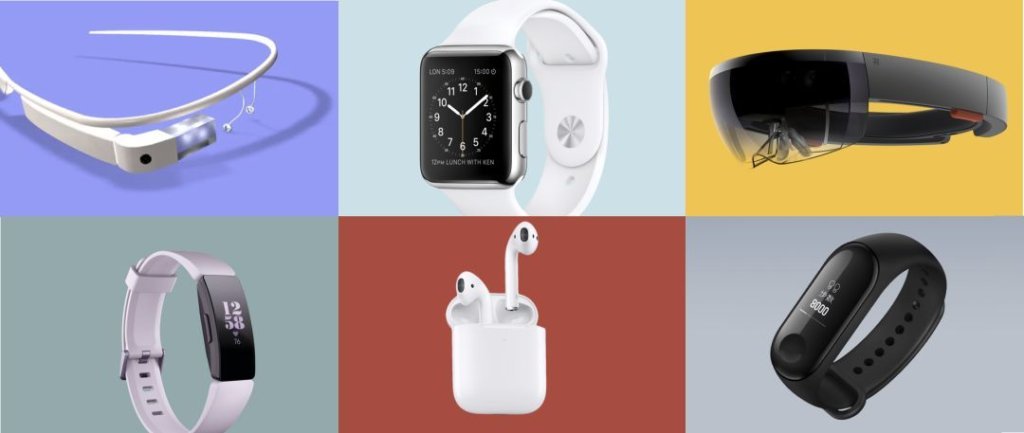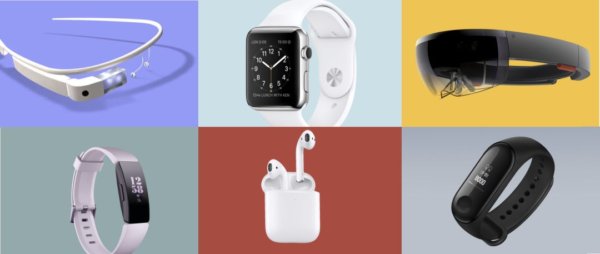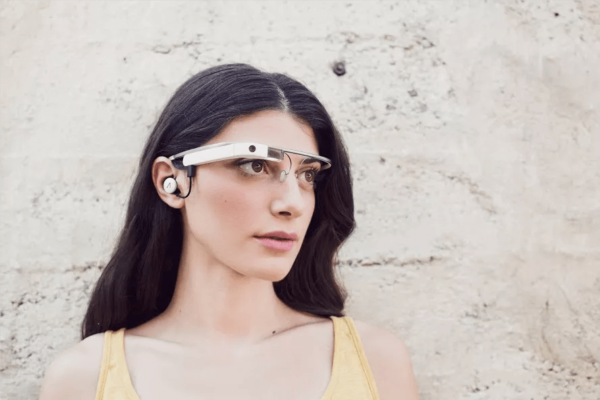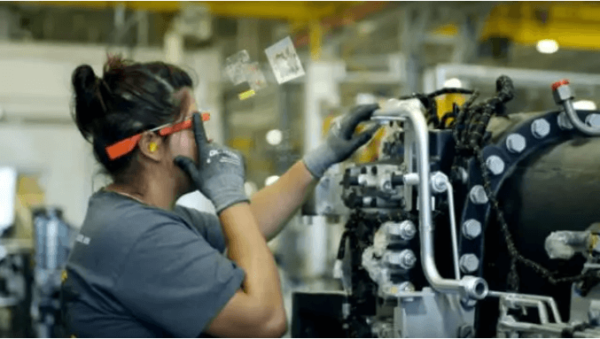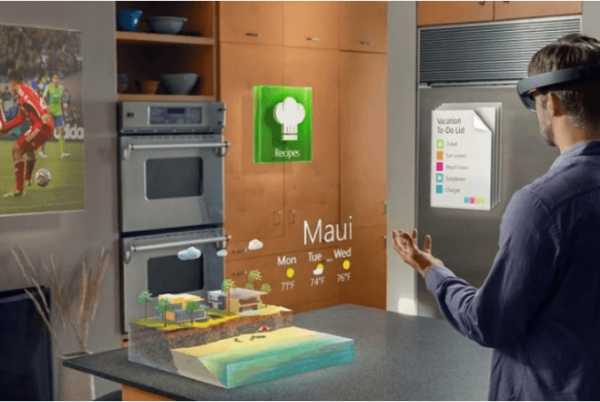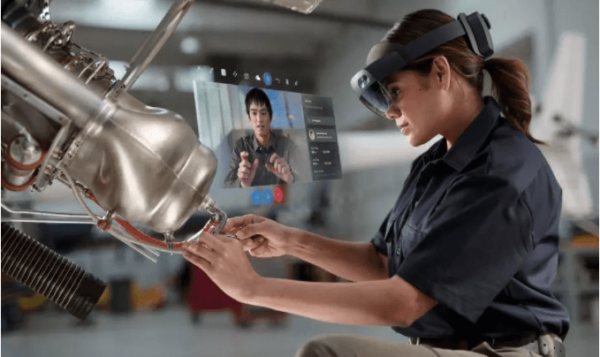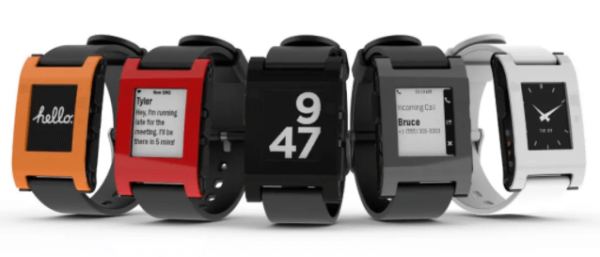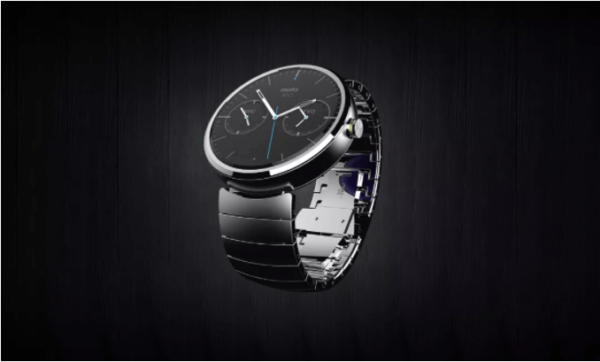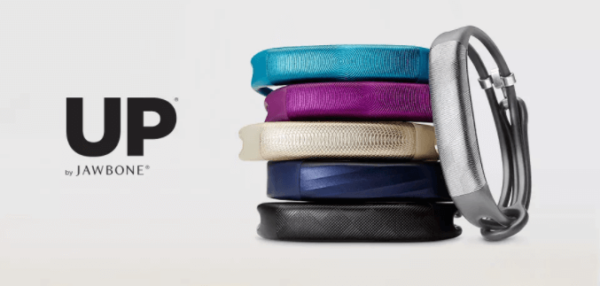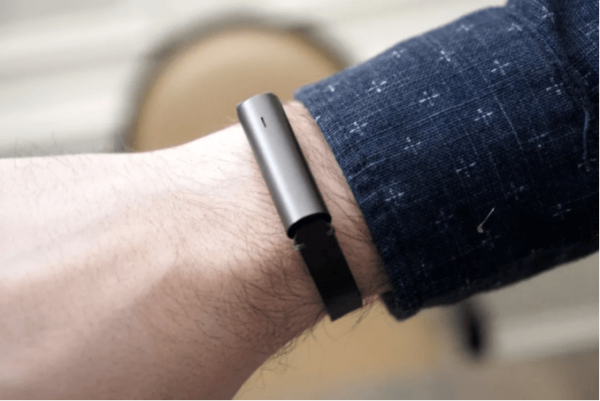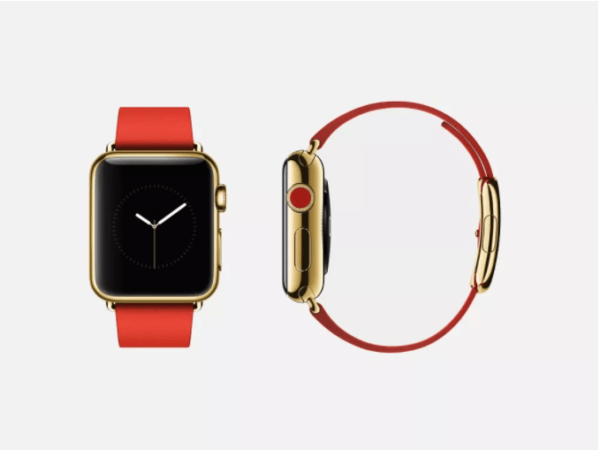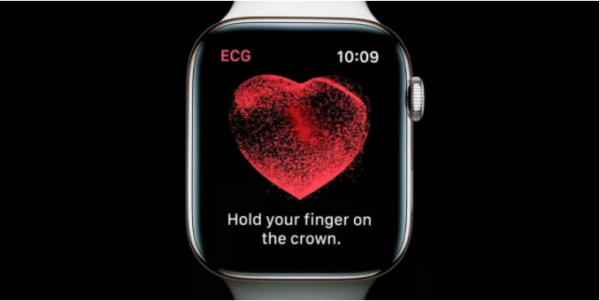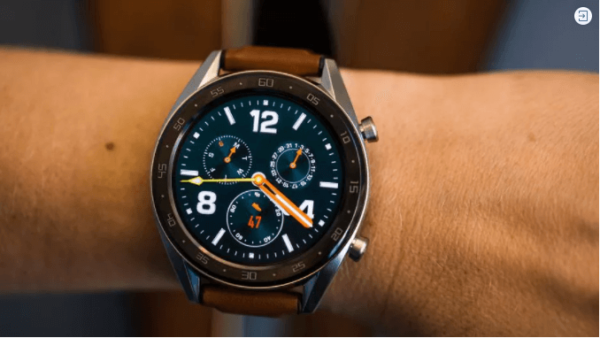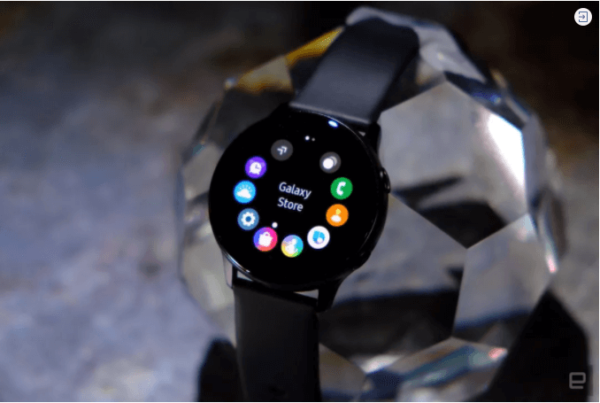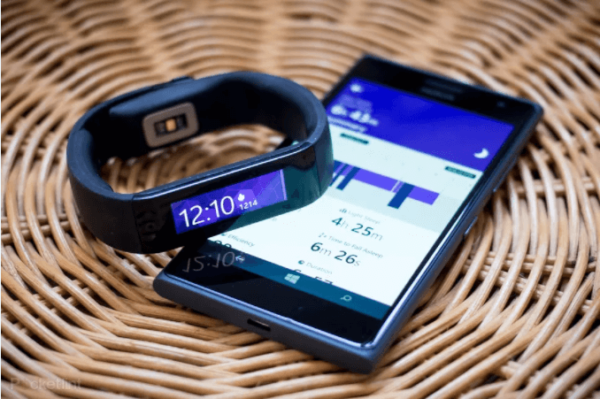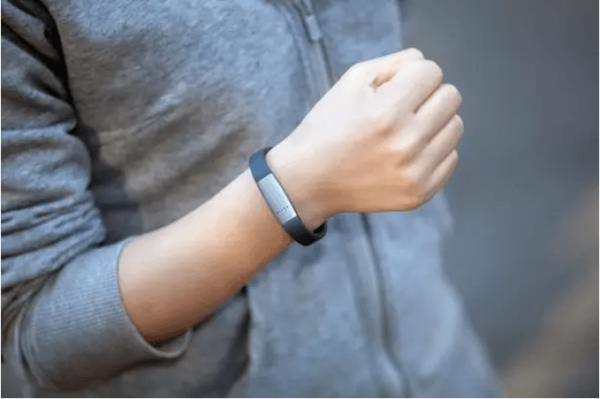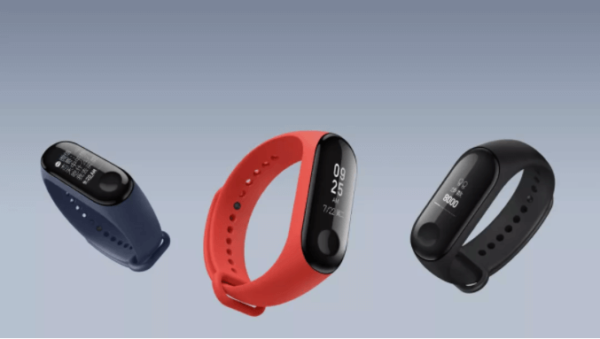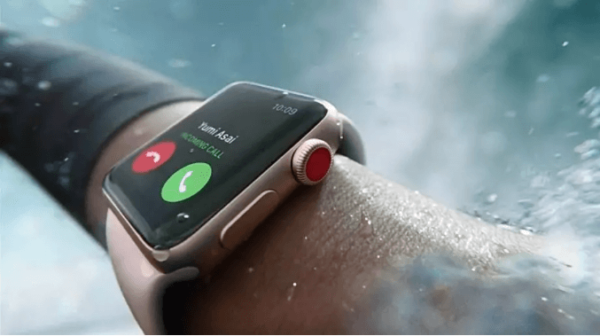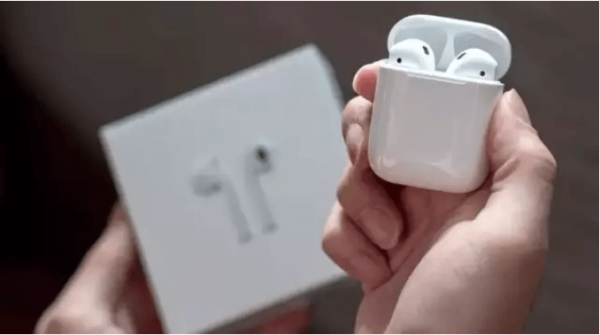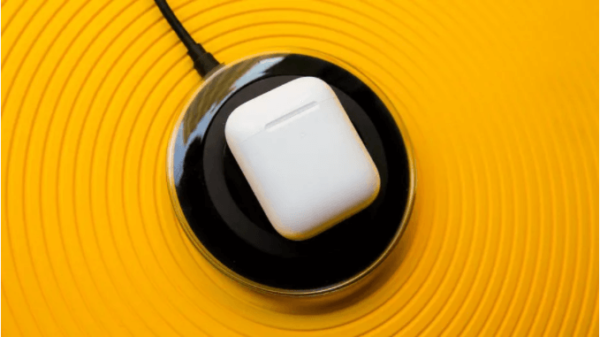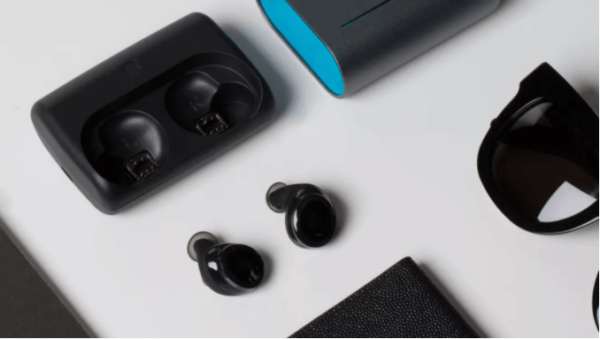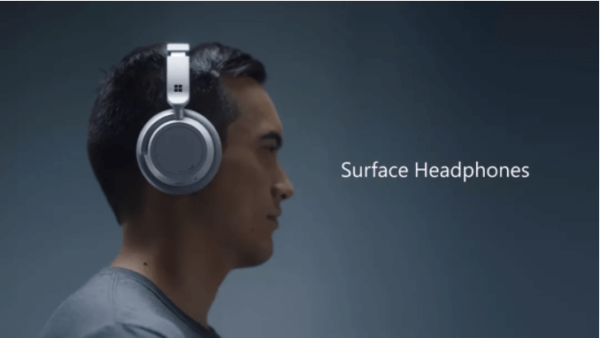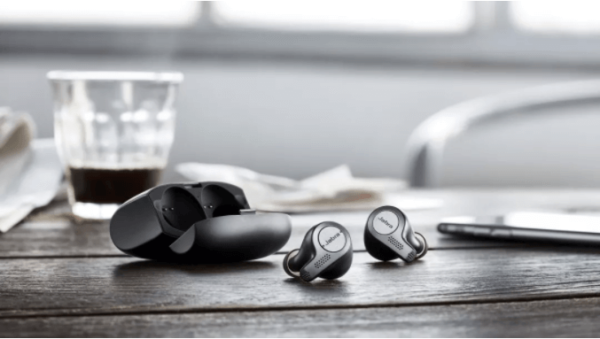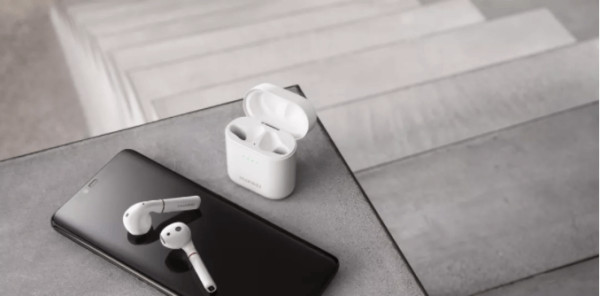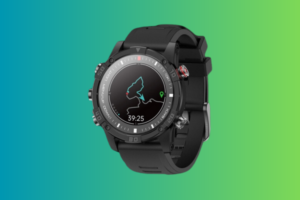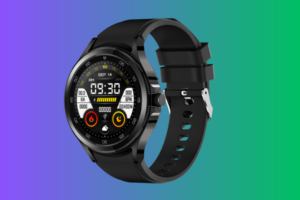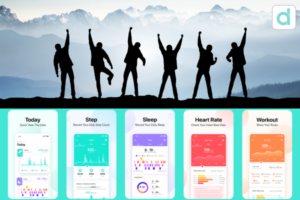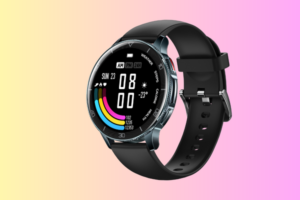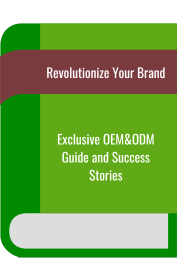This article takes a look at the big events in the smart wearable industry over the past 9 years. We’d also get to see the way the future of IT is slowly becoming clearer and clearer.
2012 was the year Google Glass made its debut. This is the year widely regarded as the first year of smart wearables. Since 2012 when the Google glass came, the smart wearables industry has sustained parallel evolution over these past 9 years.
“As the next computing hub for smartphones.”
This slogan is a common “vision,” many newbies in the smart wearables industry seem to have. Slogans like these often appear in the promotional literature for such new products. Not minding the fact that most of their readers and users are not tech workers like us. Just ordinary people.
The computer age began more than 20 years before 2012. People started to experience the IT age. Then, the computer age and, now, the mobile internet age. Each age was accompanied by a “computing center.” This is what smartphones are today; the computing center of the mobile internet age.
There’s been ever-increasing popularity of smartphones. With this comes an “information explosion.” That is a huge increase in the amount of information they receive and process every day. Intelligent wearable devices serve as a solution to this problem of the IT age. With it, we can collect trivial data and help users to obtain information and services.
Over the past 9 years, we’ve seen Google Glass go from stunning to fading. We’ve watched crowdfunding stars pop up. Within this time, we’ve also seen children’s smartwatches rise to prominence. There’s also been a rise of Apple’s AirPods in the smart headphone market. And, all these, as we’re about to confirm, have brought about new growth in the smart wearable industry.
Let’s the go-ahead to review the history, insight into the future.
Glasses Genesis
You can refer to Google Glass as the son of a giant. It opened the show with a challenge from its successor, Microsoft Hololens.
Google Glass
In 2012, Google Glass made its official debut. It came as a product of the Google “Explorer” project. It was a relative success. And, it succeeded in diverting attention away from smartphones.
This product, as the name suggests, is a glass-like device. Quite amazingly, it also comes with a camera and a strip of a computer processor. It practically does what a smartphone would do. Things like; take photos and videos with voice control. You can also talk, navigate, surf the internet, text, and email on the watch.
Google Glass was once seen as the “Future” of the product. You can confirm this with its elegant design and slick advertising. This is one reason it held the spotlight for more than 2 years.
△ Google Glass teamed up with fashion magazine brand Vogue to shoot fashion magazines
For about 2 years, Google Glass was nowhere to be found. It reappeared again in 2014 and sold for $1,500. The output is low, but it remains the best option to go for.
New, real machines began to arrive. And as a result, people began to view this product as overrated. They complained about so many things. “It takes too much power.” “It’s too uncomfortable to wear.” “it’s not exactly as impressive as the phone.” I only have a few apps to play with…” It was this time the smartphone AR app ecosystem began to develop. But, Google Glass got in the way.
In 2015, the Google Glass project was shut down. It finally made its back in business as an industry-driven app in 2015. But, there’s no denying that it has lost the public’s appeal.
Hololens
While the Google Glass project was down, Microsoft took on the AR Glasses Challenge. It officially launched Hololens in 2015. It came with interesting features like HD holograms, surround sound, etc. Another feature it came with is the voice/gesture controls. And these, among others, give Hololens users a refreshing AR experience.
Hololens has faced so many shutdowns since 2015. And, Microsoft made the same decision to focus on industrial applications.
It wasn’t until February 2019 that Microsoft updated the Hololens to the next generation.
Yet, Hololens remains below standard in the AR glasses field.
△ Microsoft Hololens 2:2 x vision, 3 x comfort, but still enterprise
Both devices had the plan to play hardball with the industry but couldn’t. However, on the consumer side in recent years, there’s been a lot of success.
Huawei Smart Glasses
China’s Huawei recently released its first smart glasses. The tech giant introduced this device at a P30 series launch event.
Apple
This giant company has acquired one AR team after the other over the past few years. In the process, it also exposed a series of AR patents, without ever forgetting to tell the public AR would be the next big thing. It’s only just that the product isn’t ready yet.
Memorabilia
The smart glasses industry
- On April 4, 2012, Google’s project explorer, Google Glass, was released.
- April 4, 2014, Google Glass became available to the public.
- In 2015, the Google Glass project officially shut down.
- In 2017, Google Glass moved to apps.
- January 2015, Microsoft Launches Hololens.
- Magic Leap One goes on sale on August 8, 2018.
- February 2019, Microsoft launches Hololens 2 at MWC.
- March 3, 2019, Huawei Smartglasses.
Smartwatch/Smart bracelet pathfinder
Pebble opens the smartwatch pattern
Jawbone, Misfit, Fitbit battle the smartwatch market
In the parallel world of smart glasses, a large number of people believe smartwatches represent the future of smart wearables.
But unlike the glasses industry, it is not the Giants. It’s, however, the start-ups leading the way.
In April 2012, Wearable Start-up Pebble launched a crowdfunding project on Kickstarter. This was specifically for the SmartWatch Pebble.
Pebble captured the attention of many users with its e-paper screen design. This design perfectly balanced the battery life. By the end of the campaign, Pebble was able to raise more than $10 million, creating one of the earliest crowdfunding stars.
Over the next few years, Pebble went on to launch a second crowdfunding round. It also launched a series of new products. These include Time Steel and Time Round. Now upgraded is the e-paper from black & white to colored. Its integration, from 2016, also began to include the fitness feature.
“No smartwatch, no wearable device is going to fit everyone. This is why our targets are people who don’t have smartwatches on their wrists.”
Pebble’s founder, Migi Covsky, describes how Pebble lingered in the early days of the smartwatch market.
Like some of the crowdfunding stars, Pebble had its heyday at the inception, shortly after it started.
Then, it got into the same mass-production quandary many startups have to deal with.
The Chinese domestic market is very similar. In 2015, a smartwatch called Tuman did almost the same thing. It created social crowdfunding. Allowed the big guys to invest and endorse the product. Quite unpleasantly the product was slow to come out. After many reviews, Tuman’s investment funds ran out. No bailouts came and the company eventually closed down.
In 2014, shortly after Google’s Android Wear debut, Apple released its first Apple Watch. Pebble faced a tough decision between Android and iOS to enable Android Wear apps on its device.
△ The Delta Moto 360 is one of the first smartwatches to feature Android Wear.
Jawbone
But in addition to smartwatches, there’s also Jawbone. It entered the wearable market in 2011. The first-ever Jawbone focused on Bluetooth speakers and headphones.
In the smart wearable business, Jawbone has only one product line, the UP series. This smartwatch does not have a screen. The playability is also not high. And, this causes the user interaction to be overly displeasing. Sadly, Jawbone has not been able to rethink and transform in time. Also, its high pricing has put it at a disadvantage in the market (especially since the launch of Xiaomi’s $79 smartphone ring). Jawbone has abandoned its original Bluetooth speakers as well to primarily embrace the wearable market.
Eventually, in 2016, Jawbone sold its wireless stereo and discontinued its smartwatch.
Misfit
Misfit is another brand that makes smart bracelets with stylishness in mind. Fossil, a US fashion brand, acquired it for $260M in 2015. But, before then, it had successfully launched a few wearable devices. Quite prominent among these were Misfit Shine and Misfit Ray.
△ Misfit Ray
Fitbit
After it discontinued Jawbone, Pebble’s wearable business continued to grow. At the end of 2016, Pebble, which had was struggling at that time finally found a savior, Fitbit. And, it sold to Fitbit for about $3,400–$4,000.
Fitbit was known as the “Brightest star” at the time companies in the smart wearable device industry were losing it. It was able to stand shoulder-to-shoulder with the Giants (Apple and Google).
Today, it has made a name for itself by focusing on vertical health features. Talk about steps, distance, calorie expenditure, and sleep status, Fitbit’s got it all!
Fitbit is the first company in the wearable space to join the public on the New York Stock Exchange. It did this in 2015. And, over the years it has also been able to acquire the following brands as well;
- Pebble
- Fitstar (Fitness application)
- Coin (Mobile payment)
- Vector Watch, among others (British Smart Watch Company)
Memorabilia
Smartwatch guys & Wristband (overseas)
- In 2011, Jawbone made its first foray into the wearable market with the UP smartwatch series.
- On April 4, 2012, the Granddaddy of smartwatches, Pebble, launched a Kickstarter campaign.
- In Feb. 2015, Pebble Time’s second crowdfunding raised about $20.339 million.
- June 2015: Fitbit debuts
- On November 11th, 2015, Fossil got Misfit, a smartwatch maker, for $260m. It received finance of about $40m in 2014 and continued to make wearable devices. A prominent investor was Xiaomi.
- On May 5, 2016, Jawbone return to wireless audio and discontinued its smartwatch The company, according to ti reports, was able to raise $983 million in 13 rounds over 20 years.
- In December 2016, Fossil bought smartwatch maker Misfit for $260 million
Go Your Separate Ways
Apple continues to explore fashion, utility, and health.
Google is focused on polishing open systems
Huawei, Samsung leave Google to fend for themselves
Apple Watch
The smartphone ecosystem was backed by iOS and Android. This ecosystem has 2015 remained between Apple and Google since 2014. And, this has led to the formation of its smartwatch community.
In September 2014, Apple officially launched the first Apple Watch. A watch that has continued to be been re-introduced to the public year in, year out.
At first, Apple took a branding and fashion line. The 2014 Apple Watch series came with a gold edition that sold for tens of thousands of dollars. In 2015, the Apple Watch, CO branded with luxury brand Hermes, had a custom strap and dial. And this had something to do with the fact that Apple poached Angela Ahrendts from Burberry, the British luxury brand, to become the senior vice president of retail operations in 2013.
△ Apple Watch Edition series priced at more than $US899
Despite its popularity, Apple will have to consider the next big thing in the Apple Watch’s tepid market. And, that would be to move closer in the direction of “Usability.” This would include increasing the device’s waterproofness as well as its ability to make independent calls. The Apple Watch Series 3 was released in 2017.
Apple then sends us another signal of “Practicality”—health.
With the release of the Apple Watch Series 4 in 2018, Apple has taken a deeper look at health features:
- Heart rate monitoring (ECG)
- Fall detection
- SOS emergency help
Before that, Apple’s CEO, Cook, said the company was working actively with medical organizations. Their aim, he said, was to create a closed-loop medical service that’d take advantage of Apple’s vast database.
Wear OS by Google
Unlike Apple, Google doesn’t build its hardware. But, it focuses on polishing open Android Wear, starting with Moto, LG, Samsung, and other original Android phone brands.
Since its debut in 2014, Android Wear has gone from 1.0 to 2.0. In 2018, it changed its name to Wear OS By Google. You’ll find that the direction of this update is in line with industry demand. This also included the addition of:
- LTE and Wi-Fi modules,
- Extended standby,
- Long battery life
- Enhanced smart features.
Huawei & LiteOS
With Apple and Google splitting the pie, third forces, like Huawei and Samsung, are building their smartwatch OS.
The Huawei Watch, which debuted in 2018 with the Watch GT, has ditched Google’s Wear OS for its LiteOS. Based on self-developed chip architecture, Huawei can integrate hardware and software to enable longer battery life and continuous heart rate monitoring.
Samsung & Tizen OS
Also in 2018, Samsung pre-installed its Tizen OS on the Galaxy Watch Active. Thanks to system-level connectivity, the Watch can quickly pair up with the phone via the Galaxy Wearable app on Samsung’s phones.
Memorabilia
Android Wear & Apple Watch
- On March 3, 2014, Android Wear was launched. It came with LG, Moto, and Samsung as its first partners.
- May 2016, Android Wear 2.0 launches.
- On April 4, 2018, Android Wear changed its name to Wear OS by Google
- On September 9, 2014, Apple released the Apple Watch. It includes three distinct collections:
- the Apple Watch
- Apple Watch Sport
- the Apple Watch Edition
- The Moto 360 second generation was released in China on September 9, 2015, and Android Wear was officially launched in China
- In September 2015, the Apple Watch Series 2 was released with a new Hermès leather strap
- In September 2017, the Apple Watch Series 3 was released with the addition of a new cellular network version (LTE)
- From March 2018, China Unicom officially launched the Apple Watch Esim pilot service in some cities
- In Sept. 2018, Apple Watch Series 4 released, enlarge the surface screen, improve system performance, and at the same time adds
- Heart rate monitoring
- Fall detection and
- SOS emergency help
Shuffle cards
It’s winter in the wearable industry
Big factories shrink wearables
Startup teams are falling apart
Low-cost wristbands dominate the market
Microsoft Intel
In 2016, the smart wearables industry experienced a tough time. The “Winter,” of smartphones, accompanied by capital “Winter”. Smart wearables have thus undergone a shuffle.
In the two years from 2015–2016, Industry M & A S and products shutdowns continued.
The former crowdfunding star Pebble was bought by rival Fitbit. Jawbone’s smartwatch business was discontinued. These two companies were also mentioned above.
In large companies in the industry, Microsoft suspended sales of its Microsoft Band. Intel shrank its base of wearables until July 2017 when it officially phased out completely.
△ Microsoft Band
Global shipments of smartwatches fell by 51.6% in 2016. While Apple shipments fell 71% year on year. Fitbit’s shares fell in response to the downturn in the smartwatch market.
Memorabilia
Microsoft & Intel smartwatch
From birth to fall
Microsoft
- December 2014, Microsoft Band
- October 2015, Microsoft Band 2
- On October 10, 2016, Microsoft suspended sales of Microsoft Band
- On March 3, 2019, Microsoft announced that it would stop supporting Microsoft Band bands. It shut down all its websites and apps.
Intel
- 2014, acquisition of fitness tracker manufacturer, Basis.
- October 2014, Basis Peak
- In June 2016, Basis Peak was recalled for overheating
- November 2016, Intel shrank the wearable business, Basis.
- On July 7, 2017, the smart wearable business disbanded.
- July 2018 the end of the wearable division
Bong/New Me
The reshuffle of China’s domestic smart wearable industry is more straightforward.
Since the first $79 smartwatch was released in 2014, Xiaomi, the Price Butcher, has entered the wearable market at a low price. This killed off almost all white-brand products above $100. The entire industry is terrified of Xiaomi’s low-cost strategy.
In particular, Bong, the iconic brand of domestic bracelet products, was released the next day after Xiaomi’s Bong2 bracelet. Its price dropped from 699 Yuan in the first generation to 99 Yuan.
△ bong first-generation smart bracelet
The same goes for the new me Betwine team. This launched the social wristband and a handful of starlets from that era.
This is not a market where startup teams can “Make waves,” nor is it an age when startup teams can “celebrate emotion.”
XIAOMI
With its high cost-effective smartwatch line of products, Xiaomi has taken the top spot in China. Its breakthrough began in its second year in the wearable market (2015). In the global market, Xiaomi is a leap into the top three. And, it stands a long chance m to maintain the world top five. A rare case of staying on top in the face of adversity.
△ Millet bracelet 3
Memorabilia
The rise of China’s domestic smartwatch market.
- In October 2013, Bong’s first-generation wristband successfully raised nearly 280,000 RMB at roll call time. It became the only pronoun of domestic wristband products at that time
- January 1, 2014, Huawei Proud wristband was released.
- On June 6, 2014, Le Xin released its first smartwatch (with WeChat).
- On July 7, 2014, Xiaomi released a $79 smartwatch to reshuffle the industry operations.
Connecting flights
Smartwatches become stand-alone terminals
Smart earphones revolutionize
A new combination of watch and Earphone
Apple Watch 3
For a long time, smartwatches couldn’t get rid of mobile phones. These devices provide notification and display functions that are limited to touch screens of an inch or so… all of which make up a lot of the complaints about these products.
In 2017, a new cellular version of the Apple Watch Series 3 was the hedge we smartwatch needed to become a standalone device. This helped to lift the sales of the Apple Watch.
All thanks to Apple, eSIM is on the agenda for domestic carriers. In the first half of 2018, China Unicom officially launched the Apple Watch Esim pilot service in some cities.
Airpods
In 2016, amid the smartwatch downturn, Apple released its first true wireless AirPods. The split design of this device, combined with the seamless experience of the iPhone, quickly made it the leader in the wearable device industry. Airpods once accounted for half of the Bluetooth headphone market.
This year, Apple’s Airpods II launched with new features like
- Voice wake up Siri
- Wireless charging.
And this brought in ringing new signals to the industry.
Smartwatch + Earphone
As the independence of smartwatches is promoted, the usability and intelligence of earphones are enhanced. With the “smartwatch + smartwatch” combination, you can now perform basic functions. You can now listen to music and make calls in a short period as in a mobile scene. This draws the smartwatch industry closer to the “Independent Computing Center”. This is expected to be strengthened in the future.
At present, smartwatch manufacturers are taking advantage of their technology and ecology to cultivate a function (health and transportation) vertically and at the same time. They’re cooperating with operators to promote eSIM. A technology that’ll inexorably speed up the landing of the “SmartWatch + Bluetooth headset.”.
An episode about Bragi, the originator of original wireless headsets
As early as 2014, the world’s first true wireless headset, the Dash, made its debut as a crowd-funded “Microcomputer on the ear.” Airpods had been around before AirPods. From the stable of German true wireless headset maker Bragi. They’re all hot spots for true wireless headsets today.
In a follow-up, though, Bragi was outmatched by Apple and Jabra. It eventually had to pull out of the hardware business in April 2019.
Vitality
The smartphone industry has evolved into one of three camps.
In 2017, major manufacturers home and abroad were taking advantage of the popularity of smart earphones. They made real wireless voice assistant earphones, and head-mounted earphones.
This is divided into three camps:
- Voice AI manufacturers
- Traditional audio manufacturers
- Mobile phone manufacturers
Voice AI factory
In October 2017, Google launched Google Pixel Buds. This is a smart headset that features translation.
△ Google Pixel Buds
Microsoft, which suffered a setback in the smart speaker market, didn’t give up. In October 2018, it released the Surface headset.
△ Microsoft Surface Headphone with Cortana voice assistant
Amazon and Microsoft (Surface Buds) are also preparing their first true wireless headsets to compete with Apple.
Traditional audio manufacturers
In addition to the platform manufacturers holding voice AI technology in their hands, this trend is also like the smart speaker. Blowing into the product has a smart upgrade demand of traditional audio manufacturers.
From 2017–2018, well-known audio manufacturers such as
- Jabra,
- JBL,
- Bose, Sony, etc.,
have also taken the power of third-party voice platforms to launch smart headsets and true wireless headsets.
△ Jabra Elite 65T
By the speed in the audio field and brand awareness, these manufacturers of smart earphones in the market can also quickly attract consumers. Their targets would be especially brand loyal users in the short term to occupy a certain market share.
Mobile phone manufacturers
Mobile phone makers are pushing hard for the smart headset battle, as they lay out the phone’s voice assistant and learn from Apple’s closed-loop approach for smart headphone and smartphone making.
As we all know, the experience of Apple’s AirPods is not only good in terms of wear and connectivity. It also offers seamless connectivity to Apple terminals like the iPhone. Among others are the ability to provide consistent auditory enjoyment, including equipment seamless matching, call voice assistant, and so on.
In this respect,
- Samsung,
- Xiaomi (Xiaomi Bluetooth headset Air, AirDots)
- Huawei (FreeBuds series),
- Glory,
- Oppo
and other handset manufacturers have also taken practical action.
△ Huawei true wireless headphone FreeBuds 2 Pro
Presently, true wireless headset, chips, and solutions are actively exploring
- noise reduction,
- high sound quality,
- low delay solutions,
All in the aim to further improve the product experience.
In addition, mobile phone manufacturers enjoy an advantage over audio manufacturers. This is because of the seamless integration of genuine wireless headsets with smartphones and the related product experience honing. In the wake of the IoT trend, the market may shift towards mobile phone makers.
Summary
From smart item to experience closed loop
Smartwatches, earphones, and smart glasses in the smart wearable industry have gradually completed the industry’s established “blueprint”, that is, independently become “the next computing center of smartphones.”
As the difficult problems in the past have been solved step by step, all walks of life are also finding the right direction on their respective tracks.
At the moment, there’s not a whole lot of products in the smart wearable industry. We’re only hoping that with the IoT trend, these smart items will eventually come together. And in their agreement, they can form a closed-loop experience in which each scene is interconnected.

